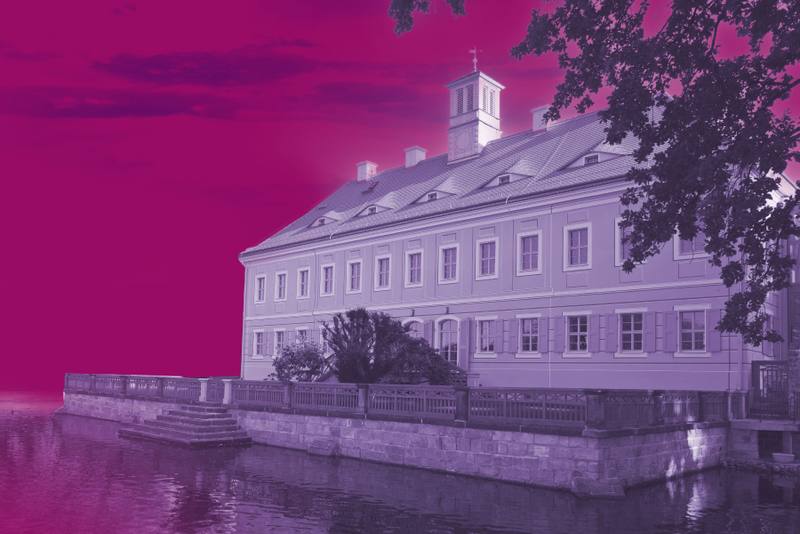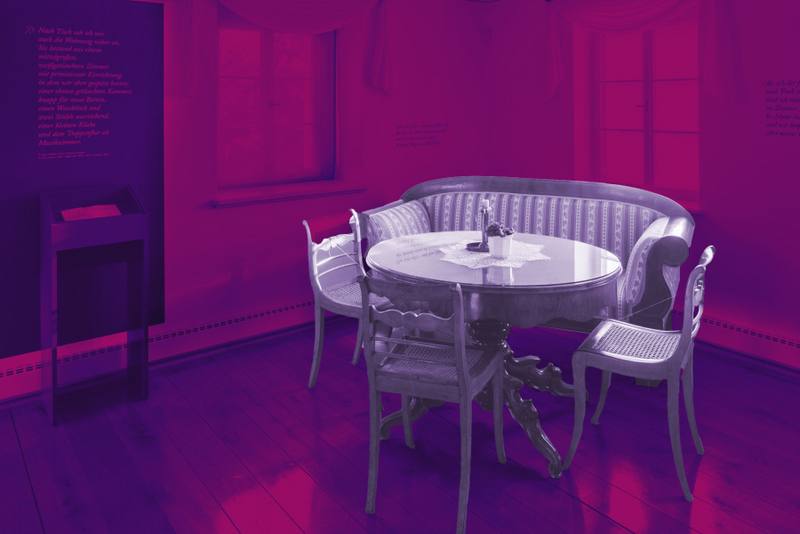Stages of Richard Wagner's Life
| 1813 - 1821 | May 22, 1813 Richard Wilhelm Wagner is born in Leipzig. November 23, 1813 father dies. Mother marries the actor, painter and poet Ludwig Geyer. Moves to Dresden. 1821 Death of stepfather. |
|---|---|
| 1822 - 1831 | Attended the School of the Holy Cross in Dresden, from 1827 the St. Nicholas School and the St. Thomas School in Leipzig. 1831 Matriculation at the University of Leipzig. Gothic play "Leubald and Adelaide". Wagner decides to become a musician. Composition lessons with Theodor Weinlig. |
| 1832 - 1836 | Fragment of the opera "The Wedding" (large parts destroyed). Choir director in Würzburg. Romantic opera "The Fairies". |
| 1834 - 1836 | Summer trips to Teplice and Prague. In Lauchstädt Wagner met the actress Minna Planer, who later became his wife. Music director in Magdeburg. Opera “The Ban on Love”. |
| 1836 – 1839 | Music director in Königsberg. Conductor at the Riga City Theater. Composition of "Rienzi". |
| 1839 – 1842 (Paris years) | The envisaged world premiere of "Rienzi" does not succeed. Acquaintance with Franz Liszt and Heinrich Heine. Creation of the opera "The Flying Dutchman". |
| 1842 – 1849 (Dresden years) | Appointed Royal Kapellmeister. Friendship with August Röckel, who introduced Wagner to revolutionary ideas. World premieres: “Rienzi” (1842), “The Flying Dutchman” (1843) and “Tannhäuser” (1845).< br> 1846. Summer stay in Gross-Graupe. Musical draft for “Lohengrin”. |
| 1849 – 1858 | After taking part in the Dresden May Uprising, escapes abroad. A warrant was published all over Germany, which was not completely lifted until 1862. Exile in Zurich. Writings on the aesthetics of drama and music. Friendship with Mathilde and Otto Wesendonck. In 1857 he moved into the “Asyl” on the green hill in Zurich. World premiere of “Lohengrin” in Weimar (1850). Text and composition for “The Ring of the Nibelung”. Draft text for “Tristan and Isolde". |
| 1858 | Due to his affair with Mathilde Wesendonk, Minna leaves her husband. Wagner goes to Venice. 1859 Completion of the opera "Tristan and Isolde" in Lucerne. |
| 1859 - 1864 | Concert tours and short stays in Wiesbaden, St. Petersburg, Moscow, Prague, Paris, Vienna, Budapest and Stuttgart. |
| 1864 | King Ludwig II of Bavaria, an enthusiastic Wagnerian, takes over Wagner's debts and grants him an annual pension. The plan to build a festival theater in Munich fails. Cosima, married von Bülow, née Liszt, comes to Munich. |
| 1865 – 1872 (Tribschen years) | Numerous visits by Friedrich Nietzsche. Birth of the children Isolde (1865), Eva (1867) and Siegfried (1869). In 1870, after divorce, Cosima married Richard Wagner. Premieres in Munich: "Tristan and Isolde" (1865), "The Master-Singers of Nuremberg" (1868), "Rhinegold" (1869) and "Valkyrie" (1870). |
| 1872 - 1882 | Move to Bayreuth. 1872 Cornerstone ceremony for the Festspielhaus. 1874 Move into the “Wahnfried” villa. 1876 First Bayreuth Festival: Complete performance of “The Ring of the Nibelung”. 1882 Second Bayreuth Festival: “ Premiere of "Parsifal". |
| 1882 - 1883 | Winter stay in Venice. February 13 Wagner dies in Venice. Transfer of his body to Bayreuth. Burial in the park of Villa Wahnfried. |
| 1930 | Death of Cosima. She is buried at Wagner's side. |

